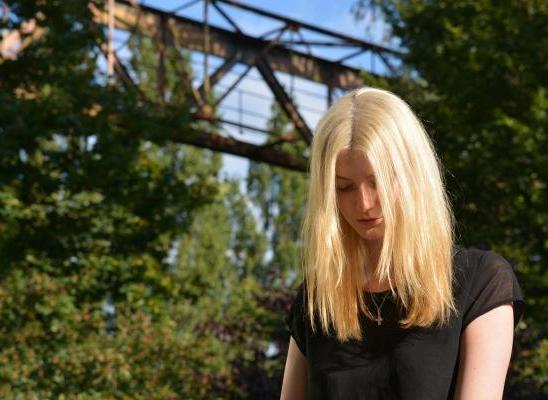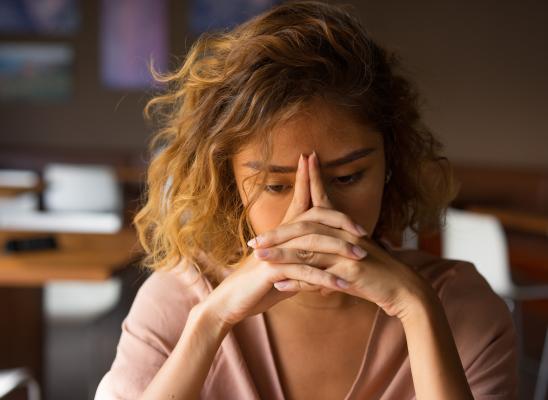Women Who Pull

Online test
Find out the severity of your symptoms with this free online test
Trichotillomania: the urge to pull hair out strand by strand, resulting in baldness and emotional trauma. This strange affliction may seem grotesque or weird to the those who do not experience it, but for the small percentage of the population who suffer from this condition, trichotillomania is a type of compulsion that seems impossible to stop. According to Rebecca Brown and Sophie Ehrmann, sufferers who documented their affliction on videos over the internet, there is no cure. Rebecca’s obsession with hair pulling started in childhood with her first memory of pulling being at the age of 12. She often pulls hair from the one area on her head until that area starts becoming bald before moving on to another area sometimes even pulling out the small fine hairs on her eyebrows and eyelashes. Sophie on the other hand is repulsed by her body hair. She pulls hair from her arms and legs, leaving her with unsightly scabs and scars which she is compelled to cover up even on the hottest summer day.
What makes Women Pull?
But what makes women who pull, like Rebecca and Sophie, pull? Trichotillomania, which has a high prevalence in women, starts off as innocently as playing with ones hair, also known as hair twirling. In its initial stages it may seem harmless but as the affliction progresses, the obsession to pull one’s own hair becomes an unstoppable compulsion. Sufferers are unable to control the urge to pull, feeling that it relieves their inner anxiety. Trichsters, as individuals afflicted with this condition are affectionately called, often do try to stop their strange compulsion to pull. Rebecca describes the illness as a sensation in her hands which seem to have a magnetic attraction to her hair. She has tried different ways to stop pulling like tying her hands and greasing her eyelashes. In fact she even went so far as to shave her head but this just led to her pulling out the hair on her eyebrows. In a culture that places so much emphasis on body image, it comes as no surprise that women develop unhealthy obsessions which eventually turn into harmful afflictions. As the obsession manifests, harsh comments from friends and family trap sufferers in an endless loop of emotional trauma. Whilst sufferers think that hair pulling relieves anxiety, judgement from those close to them makes them more anxious which in turn leads to further hair pulling. The cycle is difficult to break, leaving hair pullers feeling isolated and misunderstood. Women who pull are normal women who are just caught in the trap of expressing and relieving their anxiety by pulling out the hair on their bodies and heads.
Online test
Find out the severity of your symptoms with this free online test
Start your journey with TrichStop
Take control of your life and find freedom from hair pulling through professional therapy and evidence-based behavioral techniques.
Start Now



